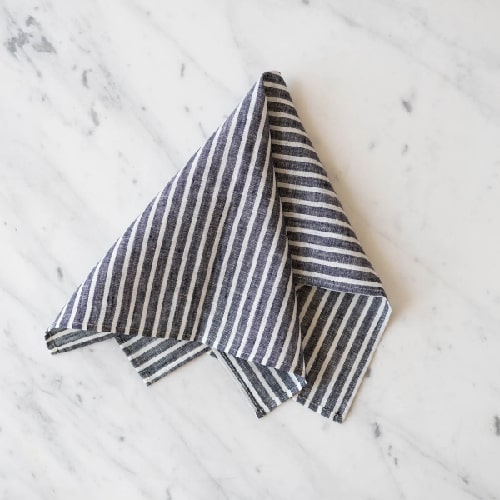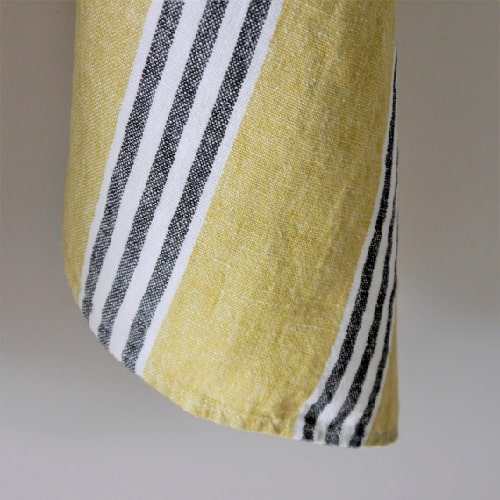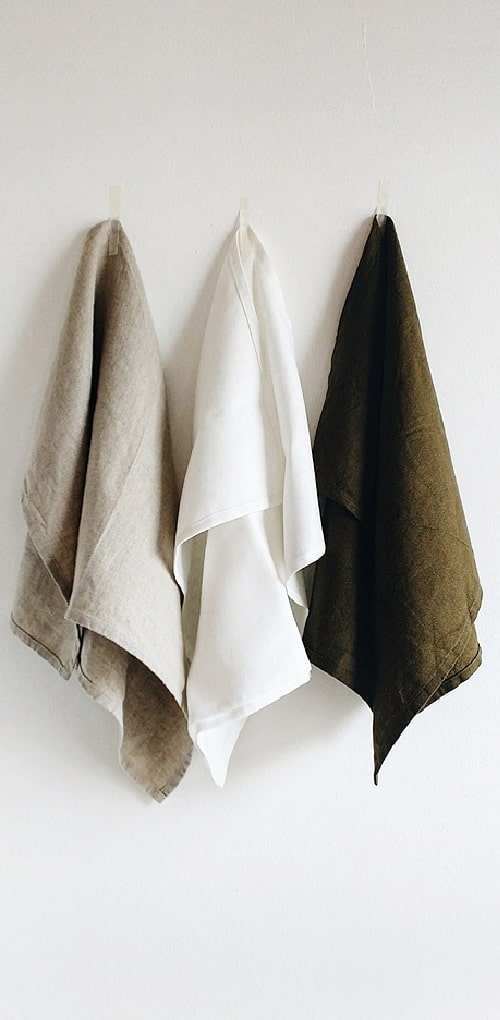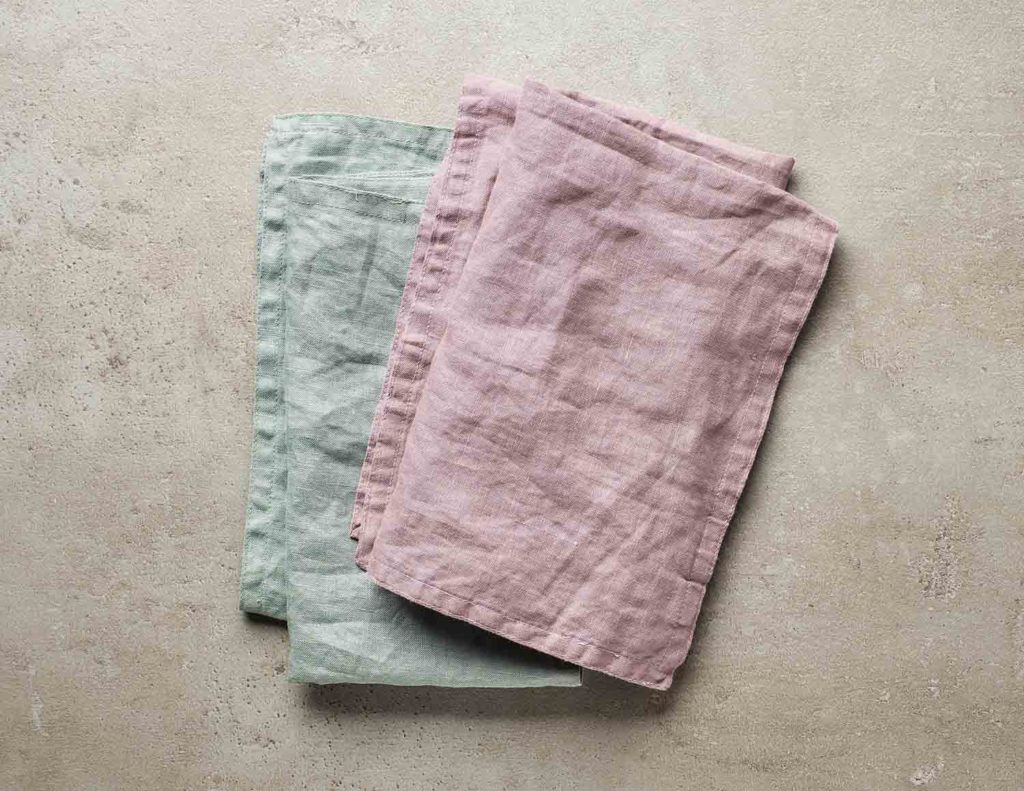Home Ware
Tea Towel
Tea Towel
Tea towel is a cloth for drying dishes. Often made of linen, cloth, or a combination of the two, tea towels date back to England in the 18th century, when they were used to insulate tea pots at tea ceremonies (hence the name), dry fine china, and cover baked goods. During this time, people also used tea towels to practice embroidery, often gifting friends and family tea towels stitched with flowers, initials, or other designs. As the times changed, so have tea towels: By the 19th and 20th centuries, most tea towels were reportedly made with striped or checked cloth for a more decorative touch.
Tea towels were apparently first used by 18th century old English ladies to dry their fragile bone china. There are two materials used in tea towels; cotton and linen. Many traditional tea towels are made from linen as they don’t leave any lint whilst being used. This means that they do not produce fluff after constant use, dry quickly and absorb moisture instantly. The soft fibres in linen mean that delicate kitchenware or fine china can be cleaned without the risk of damage.
More recently, cotton has become the preferred fabric of many tea towels of today. Cotton tea towels are incredibly absorbent and cotton which uses a terry-cloth looped weave creates larger fabric loops within the towels to absorb large quantities of water whilst keeping them strong and durable.



Just like any towel, tea towels still require washing to remove stains and prevent a build-up of bacteria. Immediately after purchasing, we recommend soaking your tea towels in warm water, this will remove any excess oil left over from the manufacturing process and activate the absorbency. If you have coloured tea towel, wash independently of other items to avoid the colours running.
Avoid fabric conditioner and instead use detergent when washing your tea towel to retain your towels absorbency for longer. Using fabric conditioner or fabric softener leaves an oily coating on the towel which becomes water-resistant and makes your towel less absorbent.
When drying your tea towels, avoid the use of a dryer as the more delicate fabric which is used in tea towels could deteriorate much quicker. Instead, hang your tea towels to dry on a washing line or clothes horse. They shouldn’t take too long to dry as they are smaller and thinner than other towels.

